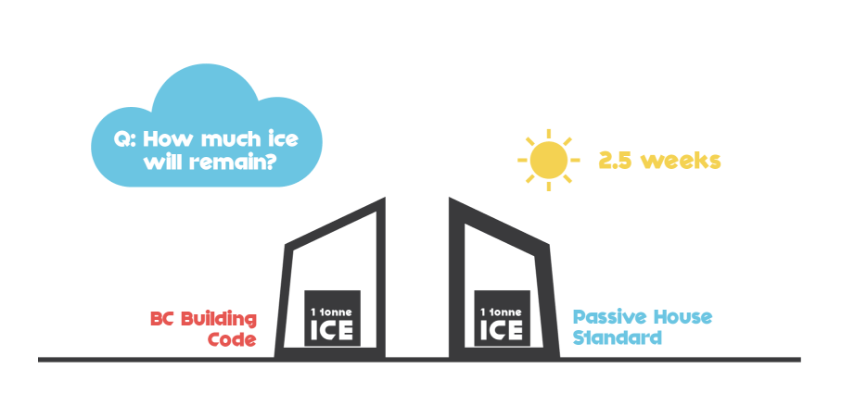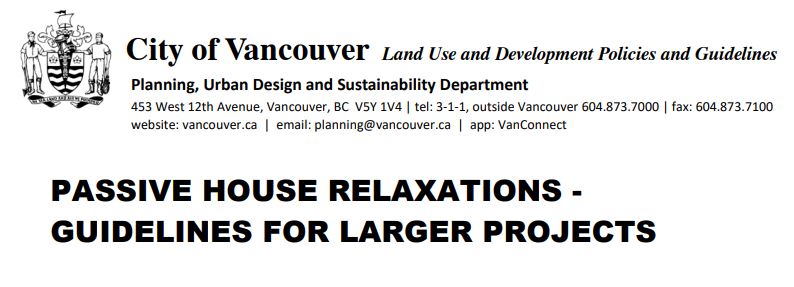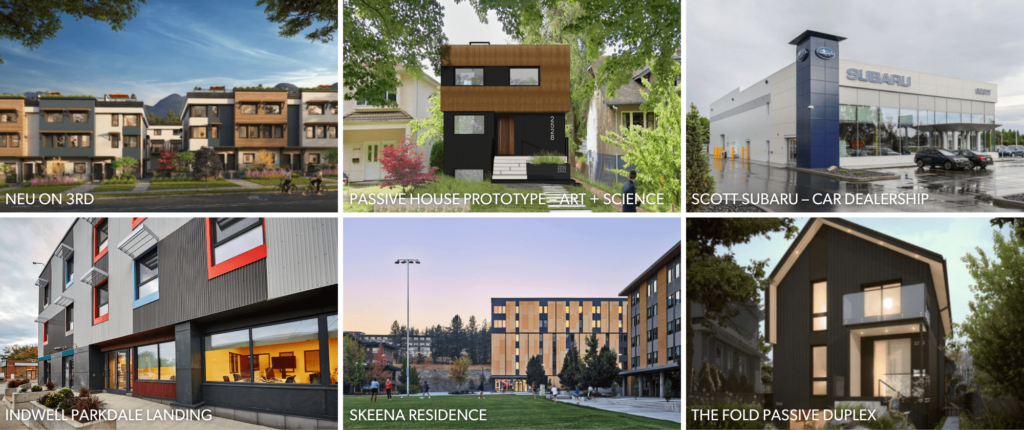
PH Series Part I
Addressing Passive House Myths
- City of Vancouver Rezoning Relaxations for Passive House certified Buildings
- Contact Ruffy Ruan ([email protected]) for Passive House certified projects enquiries
- Click Here for Passive House projects by Impact Engineering
From its humble German origins in the 1988, the Passive House standard continues to grow in popularity throughout world. British Columbia is no exception.
You can sense the traction that Passive house is gaining within various public and private sector organizations. The City of Vancouver has emphasized “Passive House” as the preferred pathway for compliance under Green Building for Rezoning; BC Energy Step Code has highlighted “Passive House” as the minimum energy performance standard for Part 9 buildings by 2032; Various channels have been created such as Passive House Accelerator and Passive House Canada to allow enthusiastic Passive House certifiers and designers to exchange knowledge. “Passive House” is certainly a hot buzzword in the British Columbia construction industry these days.
This two-part journal will focus on clearing some common myths relating to Passive House Building Design, its lesser known benefits, the future role Passive House might play in the BC market and how Impact Engineering can guide you to achieve affordable and sustainable passive house design.

As more Passive House projects come online in Canada, there is growing commentaries on the effectiveness of the design standard, both positive and negative. Here are some common myths, which hopefully can be resolved when you finish reading the journal.
Myth 1: Passive House ONLY applies to Residential Building
It is true that Passive House originates from single family home construction in the far North of Germany. Nevertheless, passive house principles can be applied to different building types and across various climate zones.
Buildings with high internal heat gains (i.e. schools, commercial office buildings) will require strategic planning of building orientation and shading devices to minimize overall cooling demand. On the contrary, residential building design focus, is primarily on utilizing solar gain and heat recovery from waste air streams. Each building type will have their own specific design considerations; however, challenges can be overcome with a robust design process and attention to details.
Myth 2: Passive House has high overheating risk
Superior airtightness inherent to the Passive House standard is not the cause of overheating. There are three elements that play a crucial role in mitigating overheating risk in all buildings: an optimized shading strategy, a well considered glazing ratio/orientation and sufficient fresh air openings on the facades.
Myth 3: Passive House ONLY allows rectangular shape building with tiny windows
Whilst the Passive House standard sets up specific parameters and energy targets, it does not restrain a designers’ freedom to dream BIG and to inject their “creative juice” into the construction forms and methods. Based on building location, typology and function, designers are free to adopt the most appropriate and innovative design measures specific to the project to achieve the final certification. There are numerous Passive House project examples across the world illustrating the diversity in architectural expression.

Myth 4: Passive House is Unaffordable
At present, the construction of Passive House projects does come at a premium due to the market availability of some certified components (i.e. windows and mechanical equipment) and the skillset of the existing construction industry in BC. From a holistic perspective and long term point of view, the higher capital cost is offset by extremely low operational cost in comparison to conventional buildings. With the engagement of local suppliers and government funding, the construction cost of Passive House will continue to see a decrease in the forthcoming years.

https://www.passivehousecanada.com/wp-content/uploads/2016/09/The-Economics-of-Passive-Hosue_Vancouver-Costing-Study.pdf
Passive House offers a realistic option for cost-effective structures that provide high levels of comfort while using very little energy for heating and cooling. – Wolfgang Feist

